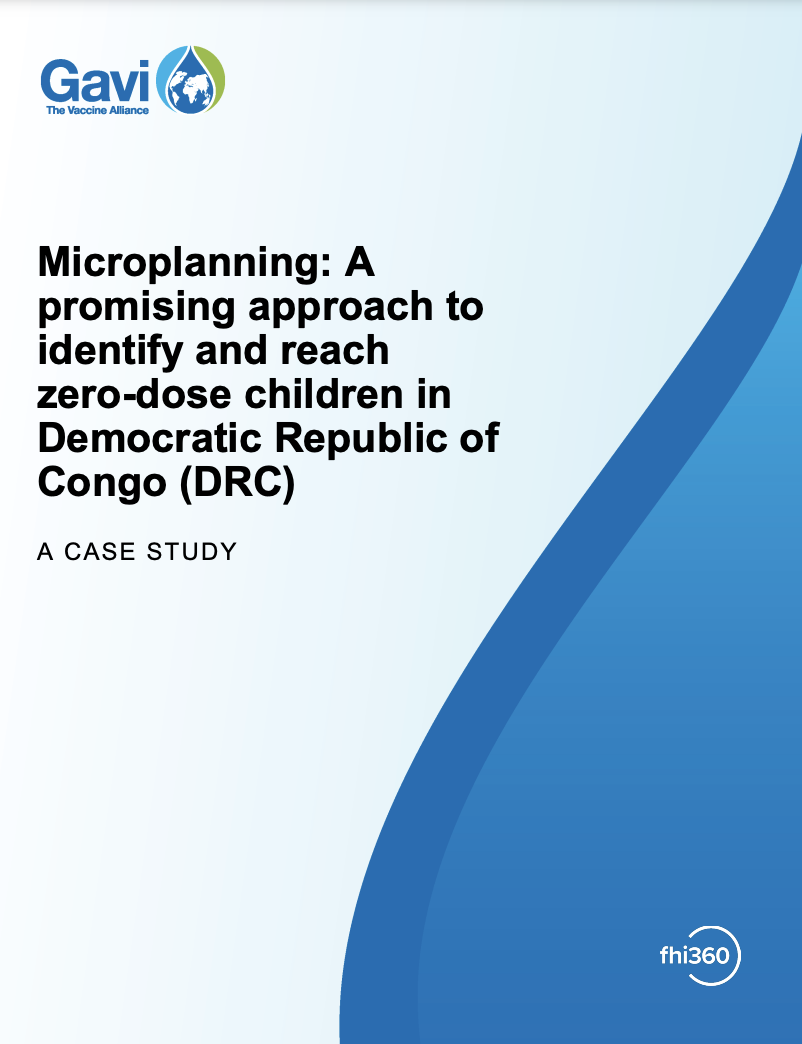RESEARCH
A grid-based sample design framework for household surveys
Traditional sample designs for household surveys are contingent upon the availability of a representative primary sampling frame. This is defined using enumeration units and population counts retrieved from decennial national censuses that can become rapidly inaccurate in highly dynamic demographic settings. To tackle the need for representative sampling frames, we propose an original grid-based sample design framework introducing essential concepts of spatial sampling in household surveys.
| Authors | Gianluca Boo, Edith Darin, Dana R. Thomson, Andrew J. Tatem |
|---|---|
| Source | Gates Open Research |
| Published | 2020 |



